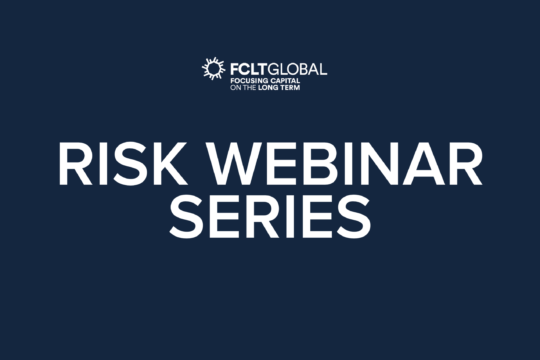Forthcoming research examines societal income distribution in the statistical sense – such as its volatility, skewness, and kurtosis – and relates it to the macro risk distribution faced by investors. This analysis tests the hypothesis that investors’ efforts to reduce volatility reallocates it to individuals in the form of income volatility, and raises the question – Are investors’ risk management practices contributing to inequality?

